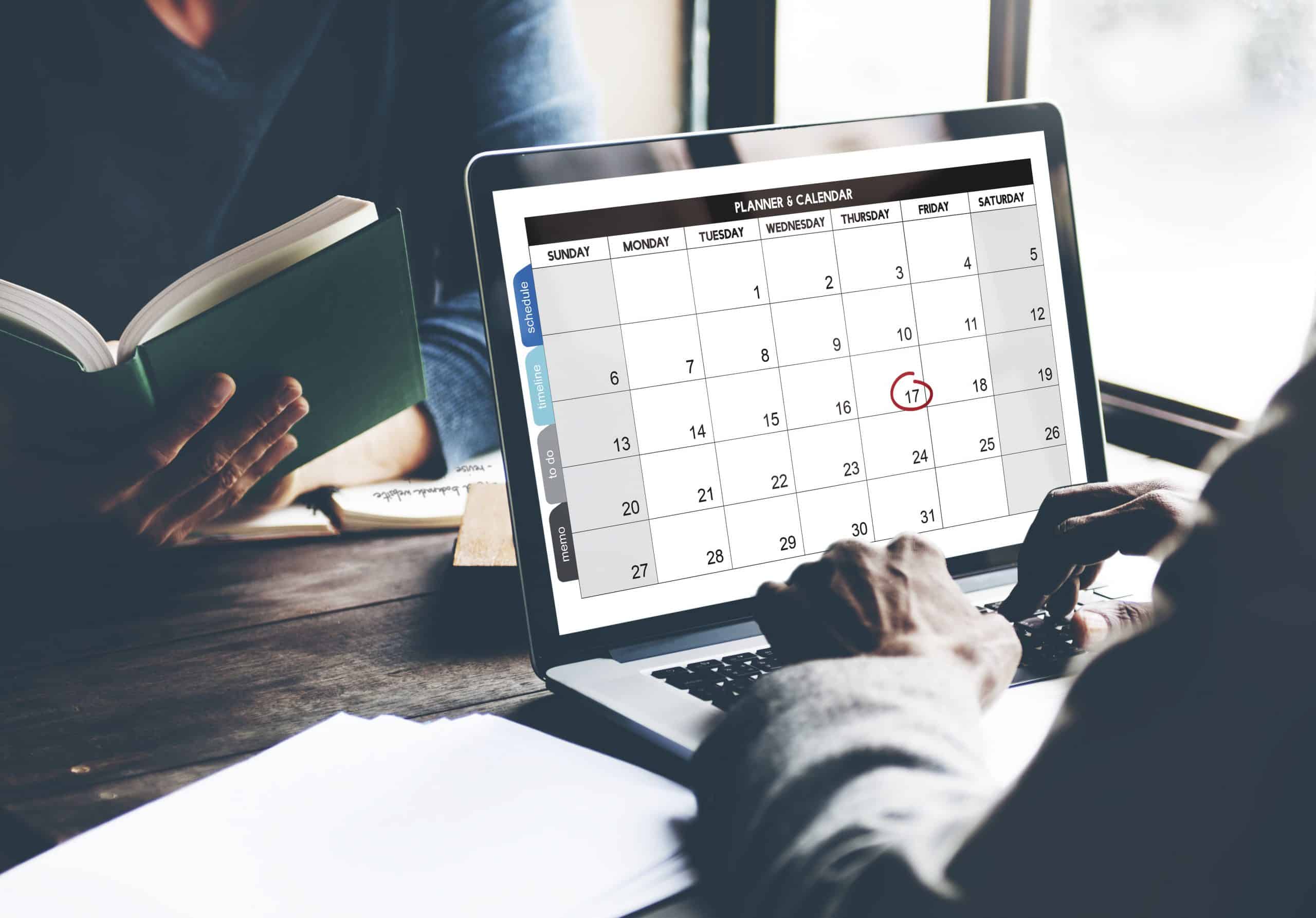We had all believed that conducting and managing an onsite daily standup meeting was a challenge.
Little did we know what standup meetings for remote teams had in store for us.
From ensuring that you’re audible to every participant to keeping the conversation crisp, the responsibility of managing a virtual standup meeting requires even better strategies and innovative ideas.
This is where an agenda comes to your rescue.
With an agenda, your standup meeting stays on track, prevents unsolicited surprises and can prevent your remote standup meeting from turning chaotic and confusing.
In this article, we will explore the role of setting an agenda for a remote standup meeting and the difference it can make to its quality and effectiveness.
Why is it important to set an agenda for a daily standup for remote teams?
In simple words, an agenda is a checklist that specifies the tasks to be done, their order of priority and the amount of time they should ideally take.
When it comes to meetings (whether virtual or otherwise), an agenda is known to be a life-saver.
Studies suggest that following an agenda can reduce the duration of a meeting up to 80%.
In fact, a poorly organized meeting without an agenda can even lead to a waste of time and resources.
With a remote team, having a pre-set agenda is even more essential for a meeting to be productive and successful.
It’s easy to lose focus, elongate a discussion and lose track of topics in a remote meeting.
An agenda can help remove all these obstacles. Here’s how-
1 Gives a structure to the discussion
Conducting a virtual meeting can be tricky.
There will be technical glitches – somebody’s mic may stop working or someone may get disconnected during the call.

And, it is also difficult to coordinate and be coherent when all the participants are working from separate locations.
Having an agenda gives a structure and provides an outline for the discussion.
You will not have to spend time on recalling the next topic – your agenda will tell you what’s next on the list and will help in transitioning the discussion smoothly.
2 Encourages transparency within the team
With an agenda, you and your team members both follow a uniform process and can see the progress and blockers, alike. This helps in building a culture of transparency.
3 Inculcates a sense of accountability
With an agenda in picture, every team member is aware of the responsibility to discuss their progress so far and plans for the day to meet the goals. This awareness inculcates a sense of accountability among the remote team.
4 Helps you avoid micromanaging the remote team
Since you get updates from each member of the team, you can easily steer away from micromanaging your remote team, which is in fact the biggest enemy of successful remote management.
5 Gives way to clear communication
Communication is one of the most important elements for remote work success. And daily stand-up meetings help in achieving the same. By building a clear communication process and avoiding any confusions, you can impact productivity of the team positively.
6 Encourage employee engagement
An agenda is a collaborative document where your remote team is encouraged to propose topics for discussion. It helps them in feeling included in the organisation and encourages employee engagement of the remote team.
Try Peoplebox Now to Understand & Innovate Your culture
Take the pain away from running engagement & pulse surveys to build deep people insights and focus on actions
In the next section, we will be discussing sharing some of our learning to help you set an agenda for your daily standup meetings. Let’s begin –
7 Steps to set agenda for daily standup for remote team
The purpose of a daily standup meeting for a remote team is to help remote employees communicate more, align better and work together.
To fulfil this objective, your agenda (at least for the first few standup meetings) must have casual chit chat in the beginning to help break the ice between your remote team. Use the icebreaker ebook box here
Moving on, you must also allocate a specific time duration in the agenda for setting up your equipment and technical snags in the beginning.
Typically, your meeting’s agenda should clearly indicate the sequence of events. Here’s how you can ensure that –
1 Decide upon recurring questions
A daily standup meeting is meant to give a clear picture of the status of the ongoing project, reduce dependency on each other and bring transparency to the task allocation process.
To attain this aim, a daily standup meeting has a set of routine questions that help team members get a glimpse of the overall picture of the progress in a project.
You must ensure that these questions remain the same as they help your direct reports in planning their day and prioritizing their task.
Generally, a daily standup meeting is meant to answer the following questions –
- What did you do yesterday?
- What do you plan to do today?
- Are you facing any blockers/challenges?
An agenda for daily standup meetings for remote employees must have these questions clearly stated.
These questions will help in setting clear expectations for them and assist them in working together as a team with minimum confusion.
2 Collaborate with your team
Remember, a daily standup meeting is held to keep the entire team on one track.
Thus, it is important to include the concerns of the entire remote team and seek their inputs before finalizing your agenda for a daily standup for the remote team.
Ask them if there’s any particular issue they would like to bring up during the next standup and encourage them to include it on the agenda.
Give a gap of a few hours between closing the agenda for the next daily standup and the meeting to provide your team with the time to add any last moment issues and for yourself to review them.
If you decide to not include some of your remote team’s inputs or questions, be accountable and let them know the reason for doing so.
Being a part of this process will help in engaging your remote team and will inspire them to take ownership of their work.
Pro tip: You can always use a meeting software that can help you collaborate with your team real-time for the agenda, keep a list of action items and remind you to follow-up on them at the right time. After all, isn’t technology the crux of a remote work setup?
3 Share team updates
There may be updates or announcements related to the project or the team that you need to deliver to them.
Instead of sharing them directly in the daily standup for the remote team, you can mention them as a prelude to the agenda.
By including it in the agenda, it reaches to everyone concerned and also doesn’t lead to a long discussion unrelated to the purpose of the daily standup meeting.
4 Fix a sequence of speakers
As trivial as it seems, a fixed order of speaking can go a long way in keeping the daily standup short, straightforward and to the point.
No more asking, “So, who’s next”, no more shuffling of papers, awkward conversation fillers and a frenzy for finding the right files to share.
Knowing when their turn comes can help your remote team prepare better and be ready for the conversation.
In fact, setting a sequence will also ensure that everyone gets a chance to speak and share their thoughts.
You can collaborate with your team on this discussion as well and can give them the flexibility to speak earlier or later as per their convenience.
Having the sequence on your agenda will also give you the freedom to shuffle it now and then without turning it into a surprise and stretching the time limit for the standup.
5 Fix the maximum time limit
Daily standup meetings are supposed to be time-boxed.
Their aim is to help the team plan better collectively and not to solve elaborate concerns.
Thus, your agenda should have a time limit specified for every topic on the agenda.

However, you must also give your remote team the freedom to ask for more time for a particular topic, if necessary,
A specified time limit will serve two purpose – 1) It will help you figure out the ideal time required for a particular topic in a few attempts 2) It will also prevent you from underestimating the need for a long discussion if your direct reports require it
With a specified time limit in the agenda, your remote team will adapt their discussion accordingly and make the daily standup quick and effective.
6 Send supporting material beforehand
Your discussion in a daily standup meeting may require you to share some files, reports or presentations with your team.
Similarly, your remote team may also need to share some support material with you all.
If you start looking for these files for sharing during the daily standup, it will only stretch the meeting unnecessarily.
Thus, ensure that you send all the required supporting material with the agenda itself and ask your team members to follow suit.

7 Maintain a conversational loop
A daily stand up meeting is an everyday occurrence.
After a point of time, it becomes a part of your team’s daily routine and helps set the plan for the entire day.
Thus, it makes no sense to start a new email thread everyday for the standup.
You can use tools like Slack or Jira to start a standup thread and keep your conversations documented there.
You can also share your agenda on the same thread so that it is visible to everyone.
Moreover, team members can ask doubts and seek solutions on the same conversational thread.
Closing thoughts
Setting an agenda for a daily standup for the remote teams may initially seem like a simple task that doesn’t require too much attention.
However, the importance of a good agenda reaffirms its vitality for a resourceful and productive standup meeting that can help you manage your remote team more effectively.
Just like every other lesson of management, the key here is to treat your remote team as your allies and keep their well-being in the forefront.
An agenda that seeks to make your team’s work simpler is the agenda that works!






